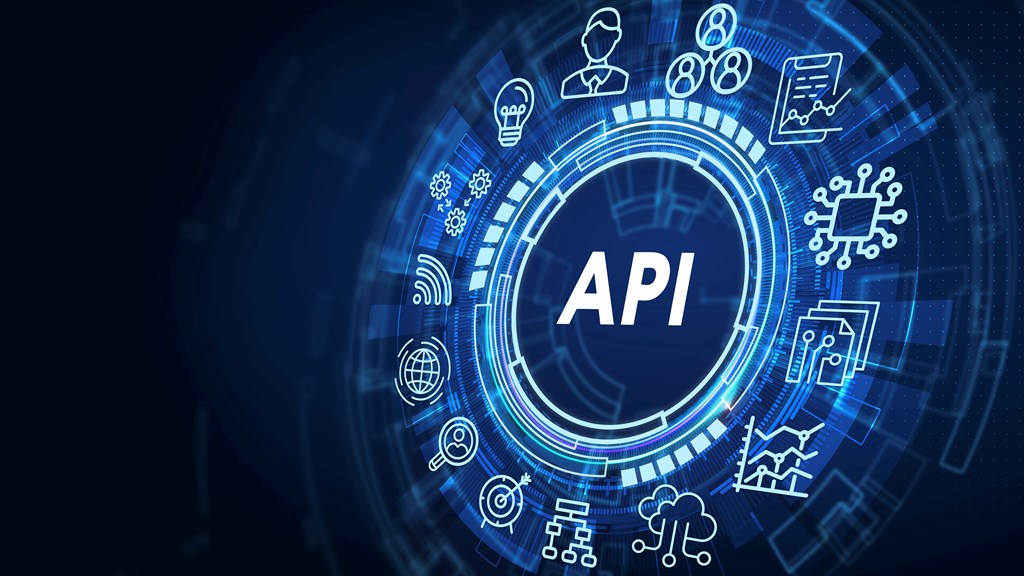
Promoting an event effectively is key to its success, and it begins with knowing your target audience. Strategic promotion involves a mix of digital marketing, social media campaigns, email outreach, influencer partnerships, and paid advertising—all tailored to reach the right people. Creating engaging content, using event hashtags, offering early-bird incentives, and optimizing your event website or landing page can boost visibility and conversions. Additionally, leveraging analytics helps track engagement and refine your approach. By focusing on the right platforms and messaging, you can attract a relevant, interested audience and maximize attendance
Key Function
1. Target Audience Identification
Target Audience Identification in event management is a critical step that involves determining the specific group of people most likely to be interested in or benefit from an event. This process includes analyzing demographics such as age, gender, profession, location, and income level, as well as psychographics like interests, values, and behavior patterns. By clearly defining the target audience, event organizers can design relevant content, choose suitable venues, and implement effective marketing strategies that resonate with the intended participants.
2. Multi-Channel Marketing
Multi-Channel Marketing in event management refers to promoting your event across multiple communication platforms to reach a wider and more diverse audience. These channels can include email, social media, SMS, websites, mobile apps, paid ads, and even traditional media like print or radio. by using a multi-channel approach, event organizers can engage potential attendees where they are most active, reinforce messaging through repeated exposure, and personalize communication based on user behavior. This strategy increases event visibility, drives higher registrations, and improves overall engagement before, during, and after the event.
3. Event Branding & Messaging
Event Branding & Messaging is the process of creating a unique identity and consistent communication style for your event that resonates with your target audience. It includes elements like the event name, logo, color scheme, tagline, tone of voice, and key messages that reflect the event’s purpose and values. Strong branding helps differentiate your event from others, builds trust, and creates a lasting impression. Consistent messaging across all platforms—website, emails, social media, and on-site materials—ensures clear communication, reinforces the event’s identity, and strengthens audience connection and engagement throughout the event lifecycle.
4. Lead Generation & Registration Tracking
Lead Generation & Registration Tracking in event management plays a crucial role in maximizing attendance and measuring campaign effectiveness. Lead generation focuses on attracting potential attendees through targeted ads, email campaigns, social media, and landing pages, capturing their interest and contact details. Once leads are acquired, registration tracking monitors the entire signup process—showing who registered, when, how, and through which channel. This real-time data helps organizers understand audience behavior, optimize marketing efforts, and send timely reminders or personalized follow-ups. Together, these processes ensure higher engagement, better planning, and improved ROI for any event.
5. Incentives & Offers
Incentives & Offers in event management are strategic tools used to boost registrations, increase engagement, and attract a wider audience. These can include early bird discounts, group booking deals, referral rewards, free merchandise, or exclusive access to sessions or speakers. By offering added value, organizers create urgency and excitement, encouraging quicker sign-ups and greater participation. Incentives not only drive attendance but also enhance the overall attendee experience and satisfaction.
6. Analytics & Optimization
Analytics & Optimization in event management involves tracking key performance metrics and using data insights to improve event outcomes. This includes analyzing registration rates, attendee engagement, session popularity, marketing effectiveness, and feedback scores. By monitoring these metrics in real time, organizers can identify what’s working and what needs adjustment—both during and after the event. This data-driven approach helps optimize marketing strategies, enhance attendee experience, and ensure higher ROI for future events.
7. Retargeting & Reminders
Retargeting & Reminders are powerful strategies used to re-engage potential attendees who showed interest but didn’t complete registration. Retargeting uses ads across platforms like Google, Facebook, or Instagram to reach users who visited your event page but left without signing up. These ads keep the event top of mind and encourage return visits. Reminders—through emails, SMS, or push notifications—are sent to registered users before the event to reduce no-shows and maintain engagement. Together, these tactics boost attendance rates, improve conversion, and ensure your event stays visible to the right audience at the right time.




